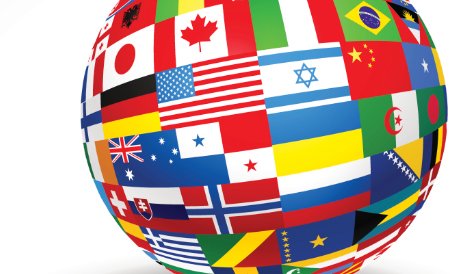According to Frost & Sullivan, the data center services market is estimated to grow from US$2.5bn in 2010 to over US$9bn in APAC by 2017. To keep pace with this rapid growth, DatacenterDynamics has been gradually expanding its footprint by establishing offices in Shanghai and Sydney in 2010 and again in 2011 by opening offices in Singapore and Mumbai.
With a vantage point in every major market in the region we have witnessed an unprecedented amount of construction and development to cater for increased demand for data center space and a growing confidence in outsourced solutions. Recently, this included the launch of Equinix’s third IBX data center in Singapore (SG3), which will provide about 385,000 sq ft of gross floor area. Equinix is not alone. In 2012, Dell said it will set up more than 20 data centers in APAC to meet growing cloud computing demand from customers. Google also commenced plans for three Asian data centers in Hong Kong, Singapore and Taiwan.
The APAC market is diverse, with mature markets such as Japan, Hong Kong and Singapore – where colocation and cloud computing are rapidly developing – and emerging markets, such as China and India. And while Singapore and Hong Kong have been the strongest markets to date, inadequate and expensive land and power supply will be major concerns moving forward. China, however, is another story. Driven by a robust economy and huge IT consumer base, its data center market – dominated by telcos China Telecom, China Unicom and China Mobile – is attracting international attention in spite of strong government intervention and weak data sovereignty.
One trend seen across the entire region is the push for higher energy efficiency, lower carbon emissions and better cost effectiveness. In Singapore the National Environment Agency has formed the Energy Efficiency Program Office to coordinate the drive toward an energy efficient Singapore and in China, the Ministry of Industry and Information Technology (MIIT) requires PUE of newly built large cloud computing data centers to be below 1.5.
But outsourcing is the big change. In 2010, the market was focused on the refresh, renovate, refurb cycles of legacy data centers, especially in more established markets like Hong Kong and Australia. During this time virtualization was quietly transforming the way third-party cloud and service providers were evolving. This allowed the outsourcing market to gain momentum.
Frost & Sullivan estimates that in Australia 40% – or 200,000 sq m of about 500,000 sq m – of data center space is outsourced. And now you have cloud. Microsoft recently announced it will build data centers in New South Wales and Victoria to enable the delivery of Windows Azure services to Australia and is scheduled to roll out the official public preview of Windows Azure in China through an agreement with 21Vianet.

